 |
Miami Gardens |
 |
Code of Ordinances |
 |
SubPart B. LAND DEVELOPMENT CODE |
 |
Chapter 34. ZONING AND LAND DEVELOPMENT |
 |
Article XIII. DESIGN STANDARDS |
§ 34-415. Design standards for planned corridor district and neighborhood commercial district.
All buildings and accessory structures located within Planned Corridor and Neighborhood Commercial districts should be designed to be compatible in scale and massing with the neighborhood character and buildings therein. In addition, buildings and structures within this district shall be subject to review of the following design guidelines.
(1)
Overall height. Individual buildings shall vary in overall height and not be contained in a single volume of continuous height.
(2)
Vertical plane moderation. Buildings shall feature moderation in the vertical surface plane. This can be accomplished through, for example, the inclusion of balconies or building projections or recessions, or use of color changes coinciding with vertical elements. The vertical plane moderation shall be of minimum height to be clearly visible from the street; in scale with the building; and, significant enough to produce shadow lines against the building.
(3)
Roof variations. Each building shall provide a change or variation in the roof line. For buildings that are less than 41 feet in height, flat roofs should be avoided where possible, unless a vegetative roof is used, and roof material should be tile, standing metal seam or other architecturally interesting material. Roof materials should have solar reflectance index (SRI) for 75 percent of the roof area as follows: low slope (less than 2:12) 78 SRI; steep slope (greater than 2:13) 29 SRI.
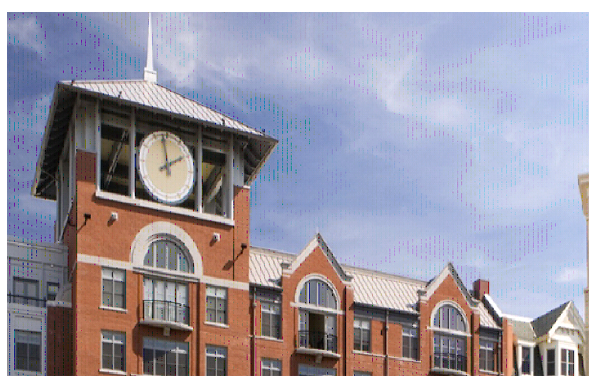
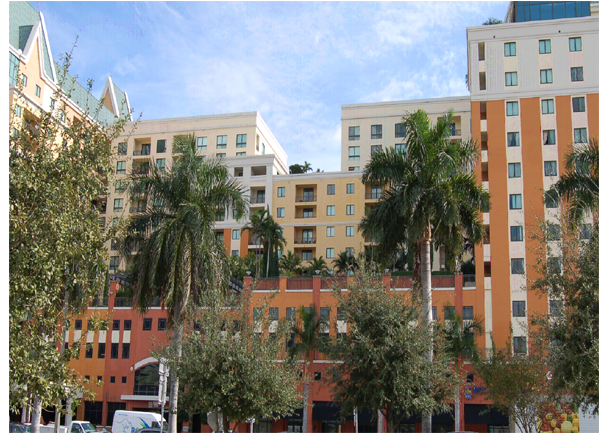
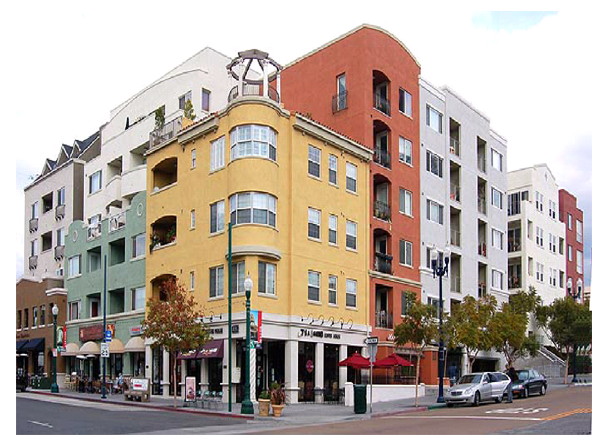
Figures 13-6 to 13-9. Variation in Height, Vertical and Horizontal Planes, and Rooflines
(4)
Facade treatment . For buildings exceeding three stories or forty feet in height, the first story should provide vertical separation from the upper portions of the building by incorporating architectural features that enhance the pedestrian experience. This may include, for example, changes in material or color, variation in window shape and treatment, molding, or other architectural variations.
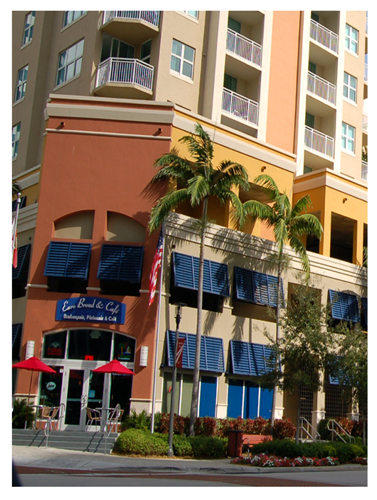
(5)
Rooftop design. All rooftop mechanical equipment should be designed as an integral part of the building and screened from view.
(6)
Fenestration. Windows should be grouped rather than evenly spaced across the facade of the building and should include variation in shape and size. The majority of the first floor facing the street should be windows, doors or other transparent architectural features, and expanses of solid wall should be minimized. Street level windows and doors should be recessed or receive special design consideration to differentiate them from the rest of the building and to add visual variety to the streetscape. Reflective surfaces should be discouraged. Bars are prohibited on the street-facing side of the building.

Figure 13-11. Ground Story Fenestration
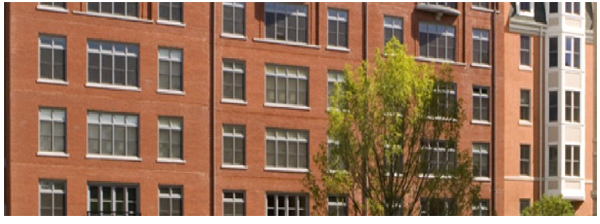
Figure 13-12. Grouping of Windows
(7)
Pedestrian and vehicular use treatment. Development shall incorporate brick pavers and/or stamped concrete in site design, and shall visually separate pedestrian areas from vehicular use areas.
(8)
Street furnishings. Furnishings such as trash receptacles, benches, bicycle racks, lighting fixtures and pavement treatments are required in accordance with this chapter. The design of each of these elements is subject to the review and approval of the city's administrative official.
(9)
Landscaping and buffering. Landscaping and buffering shall be provided as set forth in article XIV of this chapter and section 34-589 for PCD landscaping, which includes open and common landscape and buffering requirements; fence and wall requirements and design standards, and buffering of off-street parking areas with landscaping and knee-wall designs. The provision of landscape and buffering shall be subject to review during the development approval process.
(10)
Green building practices.
a.
Green building practices are generally consistent with the techniques used to achieve LEED certification. Green building practices are generally consistent with the techniques used to achieve LEED certification and would be LEED certifiable, but do not necessarily need to apply to have certification. Developments in the Planned Corridor District seeking to obtain a development incentive shall comply with the procedures and requirements as set forth in section 34-534.
b.
Applicants seeking to participate in a voluntary green building/development program are required to schedule a preliminary development application meeting. At the preliminary development application meeting, the applicant must identify the third party green building/development standards proposed to be incorporated in the project design and implementation, and provide a copy of the standards to city staff for review.
(Ord. No. 2010-10-218, § 2(13-30), 4-7-2010; Ord. No. 2011-21-263, §§ 4, 5, 10-5-2011)